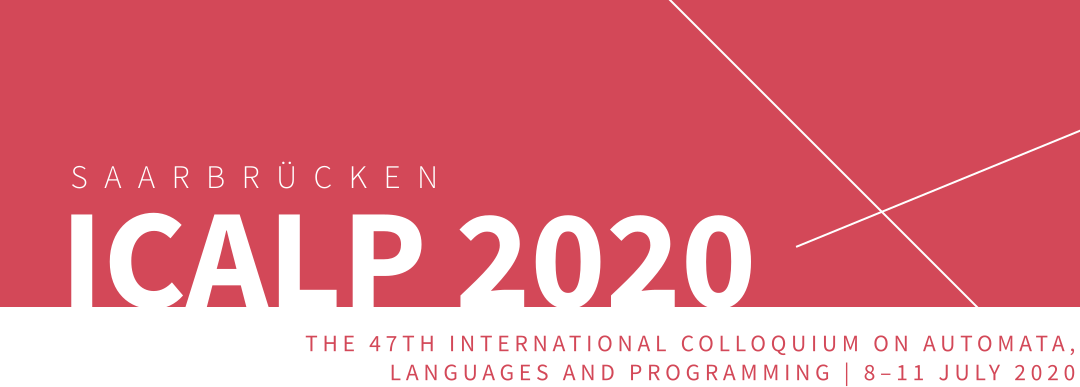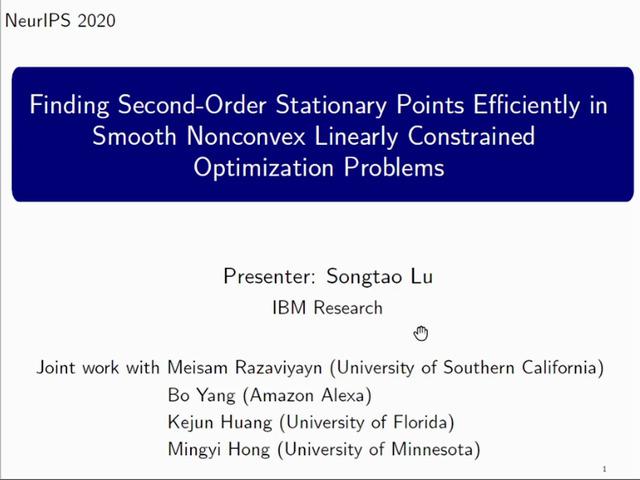Abstract:
A set function f : 2^E → ℝ on the subsets of a set E is called submodular if it satisfies a natural diminishing returns property: for any S ⊆ E and x,y ∉ S, we have f(S ∪ {x,y}) - f(S ∪ {y}) ≤ f(S ∪ {x}) - f(S). Submodular minimization problem asks for finding the minimum value a given submodular function takes. We give an algebraic algorithm for this problem for a special class of submodular functions that are "linearly representable". It is known that every submodular function f can be decomposed into a sum of two monotone submodular functions, i.e., there exist two non-decreasing submodular functions f₁,f₂ such that f(S) = f₁(S) + f₂(E ⧵ S) for each S ⊆ E. Our class consists of those submodular functions f, for which each of f₁ and f₂ is a sum of k rank functions on families of subspaces of 𝔽ⁿ, for some field 𝔽. Our algebraic algorithm for this class of functions can be parallelized, and thus, puts the problem of finding the minimizing set in the complexity class randomized NC. Further, we derandomize our algorithm so that it needs only O(log²(kn|E|)) many random bits. We also give reductions from two combinatorial optimization problems to linearly representable submodular minimization, and thus, get such parallel algorithms for these problems. These problems are (i) covering a directed graph by k a-arborescences and (ii) packing k branchings with given root sets in a directed graph.









































